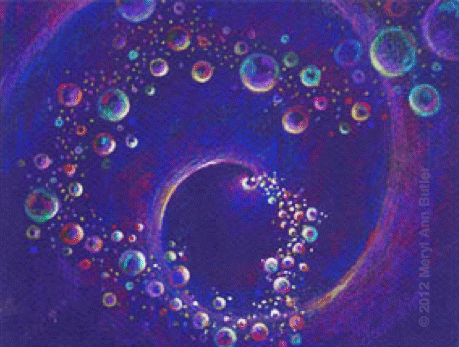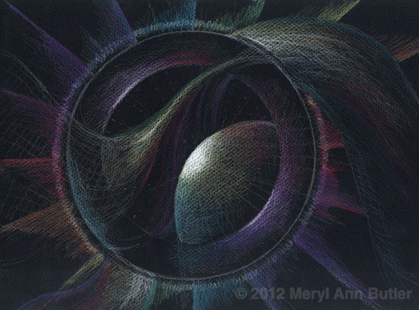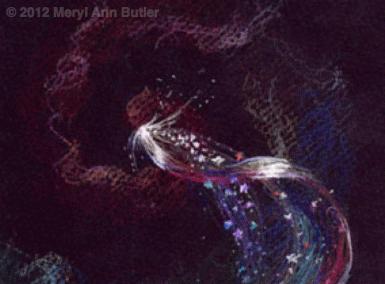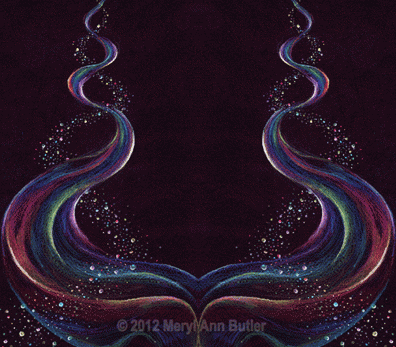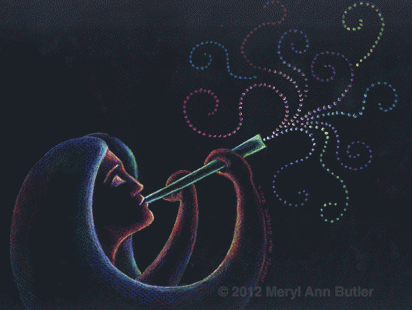If you ask 100 people what the opposite of war is, most will reply "peace."
Then, if you ask them to describe peace, you'll get at least 99 answers explaining what peace is not. It's not violence. It's not terrorism. And it's definitely not war.
Even Webster defines peace in terms of what it is not: "freedom from war, or a stopping of war."
Our cultural descriptions of peace do not fully express what a powerful, dynamic peace might look like. So, an inadequate definition of peace makes it appear insubstantial and listless. Everyone seems to agree that peace is good for us. But like Brussels sprouts or going to the dentist, it certainly doesn't seem very exciting.
And that is exactly what gives war mongers their stronghold. The excitement and adventure of war seems far more thrilling than a frail and wimpy peace.
Passion and exhilaration are the pumps that keep the essences of life circulating, and the human animal is engineered to gravitate toward whatever will enhance the fullness of the life experience. So it is not hard to see why, given the choice of the excitement of war or the boredom of peace, war can seem so much more attractive.
But that is not because a society living in peace would be a frail, wimpy, boring society. It is because there is no consensual vision of a dynamic and fulfilling peaceful society that is more exhilarating than war!
And peace activists often play right into this trap, by protesting war without replacing the image of war with a strong depiction of the greater benefits of peace. So they actually contribute more substance to what they are protesting. This is why Mother Theresa said, "I was once asked why I don't participate in anti-war demonstrations. I said that I will never do that, but as soon as you have a pro-peace rally, I'll be there."
In order to have peace, live in peace, thrive in peace--the collective image of a dynamic and exciting peace must be developed so that it becomes more substantial and more attractive than a vision of war. And to do that, we must identify what a thriving, thrilling, peace looks like.
The essence of war is destruction. And the opposite is not peace, but creativity, which offers deeply soulful nourishment to our bodies, minds, and spirits.
While creativity includes the obvious variety of artistic expressions, such as painting, writing, music and theatre, it also includes more humble activities.Most everyone has experienced a connection with at least one of the arts that made the heart leap and the spirit sing, perhaps by viewing a painting, hearing a song or attending a theatre production. This is the kind of art that triggers an endorphin dance that thrills our souls and helps connect us with the best that we can be!
But creativity is not limited to the formal expression of visual or performing arts. It also includes activities engaged in when there is joy in our hearts - from the selection of ingredients to mix together for soup, to the planting of a garden. Many of our daily activities can be a product of inspired imagination and purposeful creativity. And getting three kids to their separate after-school activities simultaneously can require as much problem-solving creativity as painting the Mona Lisa.
(Note: You can view every article as one long page if you sign up as an Advocate Member, or higher).



